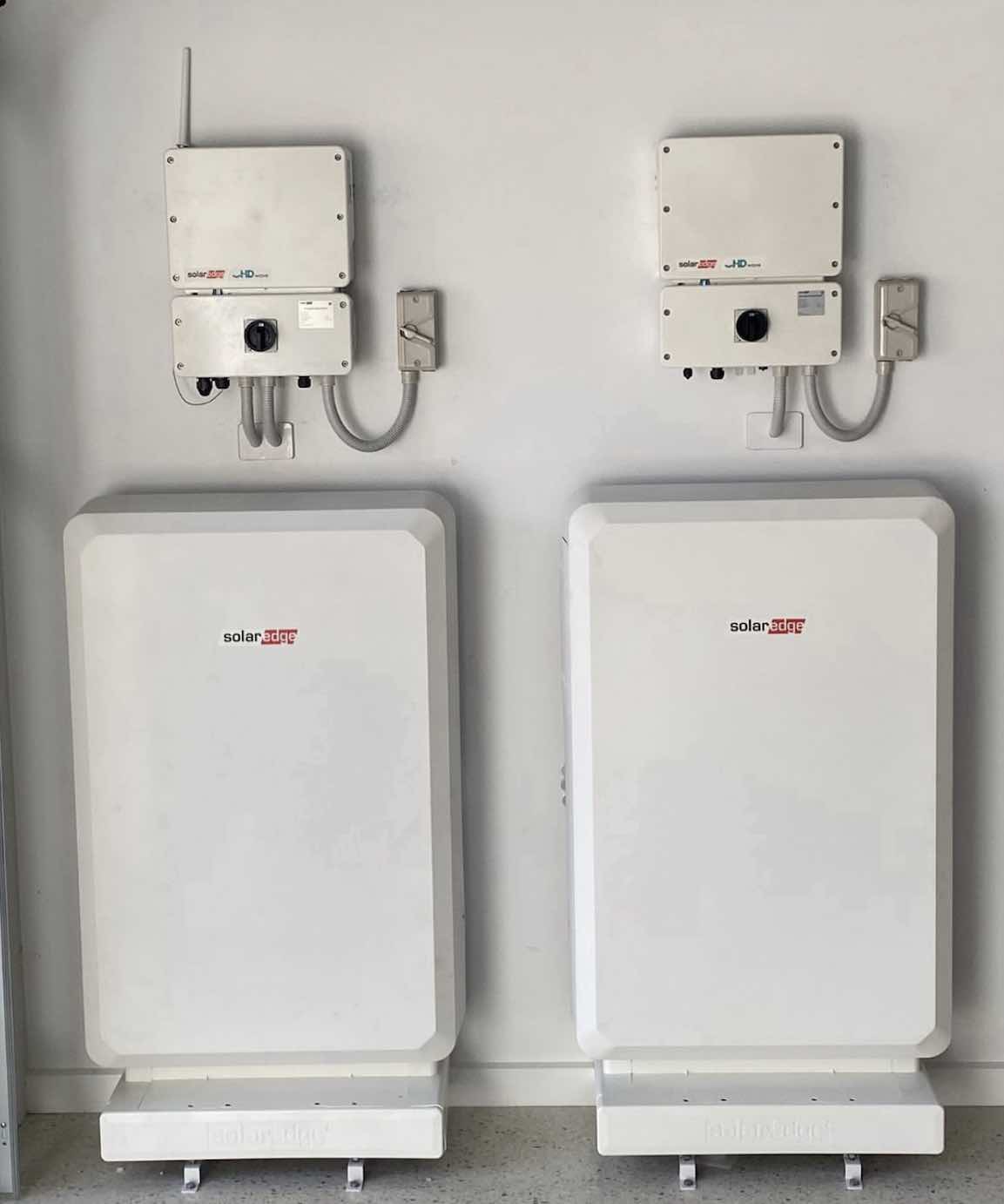

Image supplied
Nearly a year after issuing an urgent appeal to the rooftop solar industry to meet mandatory inverter installation standards, Australia’s energy market operator has reported “significant progress” on compliance rates – but says there’s still plenty of room for improvement.
Through changes to standards that came into effect on December 18 2021, AEMO wants to harness the operational settings of smart inverters to help ensure Australia’s huge rooftop solar resource does not threaten the stability of the grid.
Basically, AS/NZS4777.2 (the 2020 Standard) makes it mandatory for all new inverters connecting to the grid to have an undervoltage disturbance ride-through capability, to ensure household energy systems don’t ‘trip’ or disconnect when there are voltage disturbances on the network.
As Alison Potter explains here, the mandated operational settings give behind the meter resources ranging from rooftop solar to electric vehicles the ability to respond to conditions on the grid that might otherwise cause blackouts, power instability or PV systems to trip and shut down.
Last year, however, a random audit conducted by AEMO revealed that only 28% of inverter systems with visible settings could be confirmed to have the correct settings, despite all of those inverters being found to be technically capable of meeting the standards required.
The findings led AEMO to issue a plea for industry and regulatory groups to band together to achieve upwards of 90% compliance on inverter standards by the end of the year, and warning that non-compliance was already “causing serious power system security challenges.”
That target has not yet been reached, but an update from AEMO this week reports that “proactive actions” from stakeholders – and particularly inverter manufacturers – has “made significant progress” towards the goal.
“AEMO’s analysis found significant improvement in compliance, increasing from just under 40% compliance in early 2022 to an estimated 75-80% compliance in early 2023,” AEMO says.
“The findings in this report indicate that proactive actions taken by many stakeholders (particularly by the OEMs who have updated product menus and commissioning processes to better assist installers in selecting the correct grid codes) has made significant progress towards this goal, but further action remains required,” the report says.
“AEMO continues to recommend a target of at least 90% of inverters installed from December 2023 compliant to the 2020 Standard, with further improvement thereafter,” it continues.
“Improving compliance mitigates risks to system security and delivers benefits to customers through increased DER hosting capacity (more DER able to be installed) and minimised intervention costs.”
Solar and battery industry veteran James Sturch says his company, Solar Edge, has been very supportive of the push to improve inverter installation standards – a move it sees as vital to the ongoing success of the rooftop solar industry.
“[Inverter standard compliance is] incredibly important because if it doesn’t… get sorted out by the industry, what ends up happening is networks … or electrical regulators will start putting in their own processes and requirements to try to meet the needs of the networks.
“At the end of the day, these settings are what the networks require to support grid stability. And if they can’t be implemented by installers, they’ll put in other measures and mechanisms which will ultimately … just cost the industry time and money,” Sturch told One Step Off The Grid.
For its part, Sturch says Solar Edge instigated its own internal process to review all of its inverter installations since the launch of 2020 standard. Those systems found to have been installed incorrectly were reset using a manual process.
But he says some inverter manufacturers might be struggling to get their installs up to standard, due to a lack of access to the installed inverters or because they are not getting the support they need to update them.
Sturch also notes that there is currently a review underway of AS/NZS4777.2 that hopes to help sort out some of the problems hindering compliance, and encourages any manufacturers or stakeholders with skin in the game to take part in the review process.
“There are plenty of things that can be done to help improve compliance rates, so the more people that support those ideas and concepts, the more it’s going to help AEMO get those levels of compliance they need,” Sturch said.
Sophie is editor of One Step Off The Grid and deputy editor of its sister site, Renew Economy. Sophie has been writing about clean energy for more than a decade.
This post was published on January 31, 2024 3:15 pm
A groundbreaking retail electricity trial is offering to pay customers to curtail their rooftop solar…
Nigel Hancock from community energy group Pingala explains how solar gardens work and whether the…
Albanese government invests another $50.2 million to get solar, energy efficiency and electrification into social…
State confirms rooftop solar subsidies for rental properties to be implemented by end of year,…
NSW Independent Allegra Spender on her plan for permanent energy bill relief and what's missing…
Leading Chinese solar manufacturer breaks efficiency record for silicon solar cells, and unveils upgraded solar…